Gastronomy of Venezuela, Venezuelan cuisine is a delectable tapestry that reflects the country’s rich cultural heritage, diverse ecosystems, and historical influences. Venezuela, nestled on the northern coast of South America, boasts a culinary tradition rooted in its indigenous cultures, Spanish colonization, and African and European immigrant influences. From the iconic arepas to mouthwatering empanadas, Venezuelan food delights the palate with its blend of flavours and ingredients. In this exploration of Venezuelan cuisine, we will delve into its historical roots, regional diversity, iconic dishes, street food culture, and the challenges and opportunities it faces.
Historical Roots:
Venezuelan cuisine has deep historical roots, dating back to the indigenous peoples who inhabited the region long before the arrival of Christopher Columbus. These indigenous groups, such as the Warao and Carib, cultivated a variety of crops, including maize, yuca (cassava), and sweet potatoes, which continue to be staples in Venezuelan cuisine.
Spanish colonization in the 16th century marked the beginning of a culinary fusion that combined European ingredients and cooking techniques with indigenous traditions. The Spanish introduced ingredients like rice, wheat, cattle, and spices, transforming the culinary landscape of Venezuela.
African influences arrived with the forced migration of enslaved Africans, bringing elements like plantains, okra, and various cooking techniques that enriched Venezuelan cuisine. European immigration from countries like Italy and Portugal further contributed to the country’s culinary diversity.
Regional Diversity:
Venezuela’s diverse geography is a defining feature of its cuisine. The country can be divided into various culinary regions, each with its own unique flavours and dishes. Some of the most notable culinary regions include:
- Andes Region: This mountainous region is known for dishes like hallacas, savory cornmeal pockets filled with a mixture of meats, olives, and raisins, often served during the Christmas season. The arepas in this region are particularly thick and hearty.
- Central Region: This region, which includes the capital city of Caracas, is known for its bustling street food culture. Dishes like pabellón criollo, a hearty plate featuring shredded beef, black beans, rice, and fried plantains, are widely popular.
- Eastern Region: The eastern part of Venezuela, including the state of Sucre, is known for its seafood. Chupe de pescado, a fish soup, and cazón en amarillo, a spicy fish dish, are regional favorites.
- Los Llanos (The Plains): This vast, flat region is known for its cattle ranches and the abundance of beef. As a result, dishes like carne en vara, skewered and grilled beef, are popular.
- Guayana Region: In the southeast, the cuisine is influenced by the Amazon rainforest. Unique ingredients like guanabana (soursop) and copoazú are used in dishes, and meals often include fish from the Orinoco River.
Iconic Dishes:
Venezuelan cuisine offers an array of iconic dishes that are cherished both within the country and among the Venezuelan diaspora around the world. These dishes encapsulate the essence of Venezuelan food culture. Some of the most famous Venezuelan dishes include:
- Arepas: Perhaps the most iconic Venezuelan dish, arepas are cornmeal patties that can be split and stuffed with a variety of fillings, from shredded beef to cheese and black beans.
- Pabellón Criollo: This is Venezuela’s national dish, featuring a colourful plate of shredded beef, black beans, rice, and fried plantains. The flavours and textures complement each other beautifully.
- Hallacas: These are savoury cornmeal pockets filled with a mixture of meats, olives, and raisins, wrapped in plantain leaves, and tied with strings. Hallacas are a traditional dish during the Christmas season.
- Cachapas: These are thick corn pancakes made from fresh corn kernels, served with cheese or other toppings. Cachapas are a popular snack or breakfast item.
- Tequeños: Cheese-filled breadsticks, often wrapped in dough and deep-fried. They are a favourite snack or appetizer.
- Pisca Andina: A hearty soup made with potatoes, eggs, cheese, and sometimes meat. It’s a comforting and nutritious dish often enjoyed for breakfast.
Street Food Culture:
Venezuelan street food culture is a vibrant and integral part of daily life. On-street corners and in bustling markets, you’ll find vendors selling a variety of mouthwatering snacks and dishes. Arepa vendors are ubiquitous, offering a range of fillings, from shredded beef and cheese to avocado and ham.
Tequeños, empanadas, and cachapas are also commonly found on the streets of Venezuela. Vendors often offer a variety of dipping sauces, including guasacaca, a creamy avocado-based sauce, and pica-pica, a spicy pepper sauce.
Challenges and Opportunities:
Venezuelan cuisine faces several challenges and opportunities. The country has been grappling with political and economic turmoil, leading to food shortages and difficulties in accessing ingredients. However, there is an opportunity for preserving and celebrating the rich tradition of Venezuelan cuisine. Initiatives that support small-scale farmers and the use of native ingredients can help ensure the continued vitality of this culinary heritage.
In conclusion, Venezuelan cuisine is a captivating journey through a country’s history, culture, and culinary traditions. From the beloved arepas and pabellón criollo to the regional specialities like hallacas and cachapas, Venezuelan food is a celebration of life, community, and the pleasure of savouring diverse flavours. Whether enjoying an arepa from a street vendor in Caracas or relishing a plate of pabellón criollo with friends and family, the essence of Venezuelan culinary tradition is a testament to the country’s passion for food, culture, and unity.






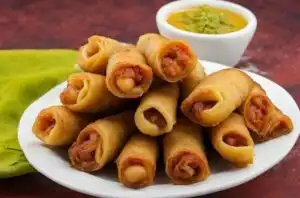

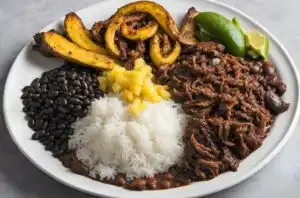
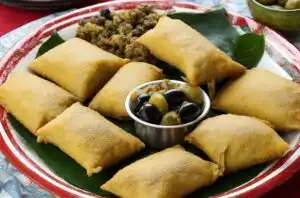





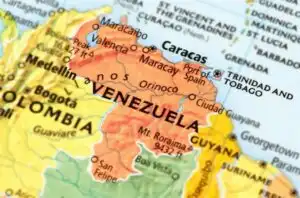












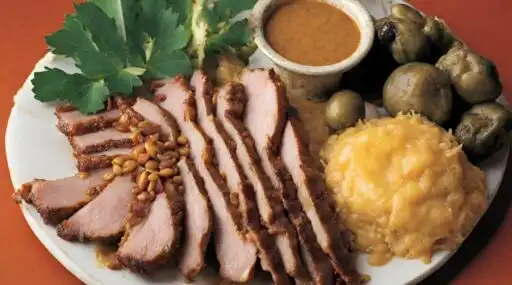



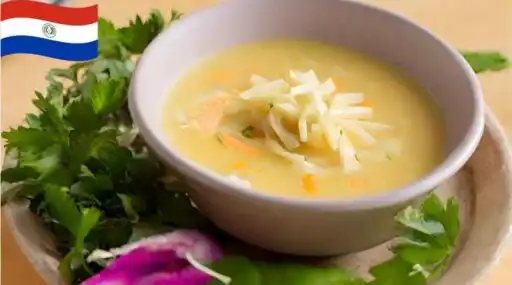





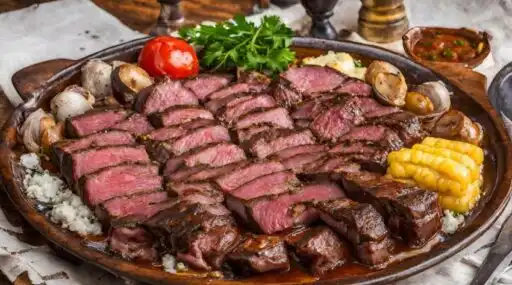
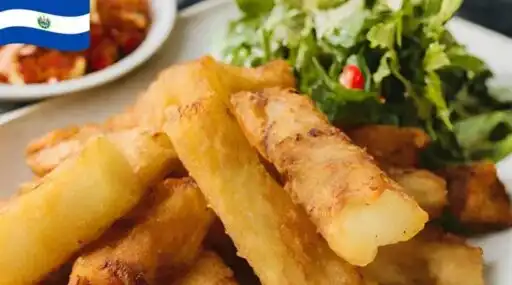

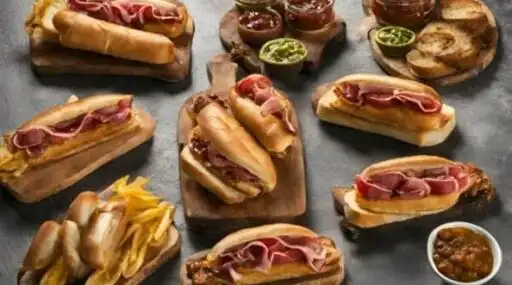




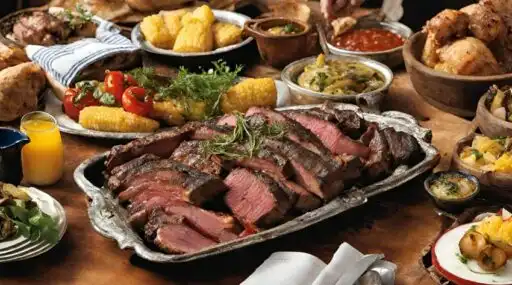
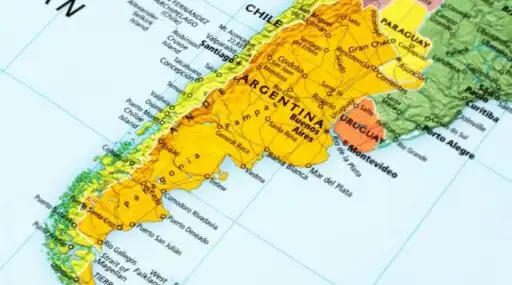
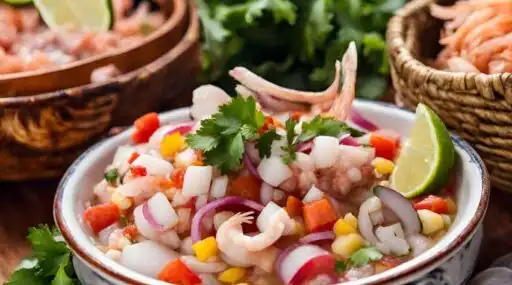
Leave a Reply